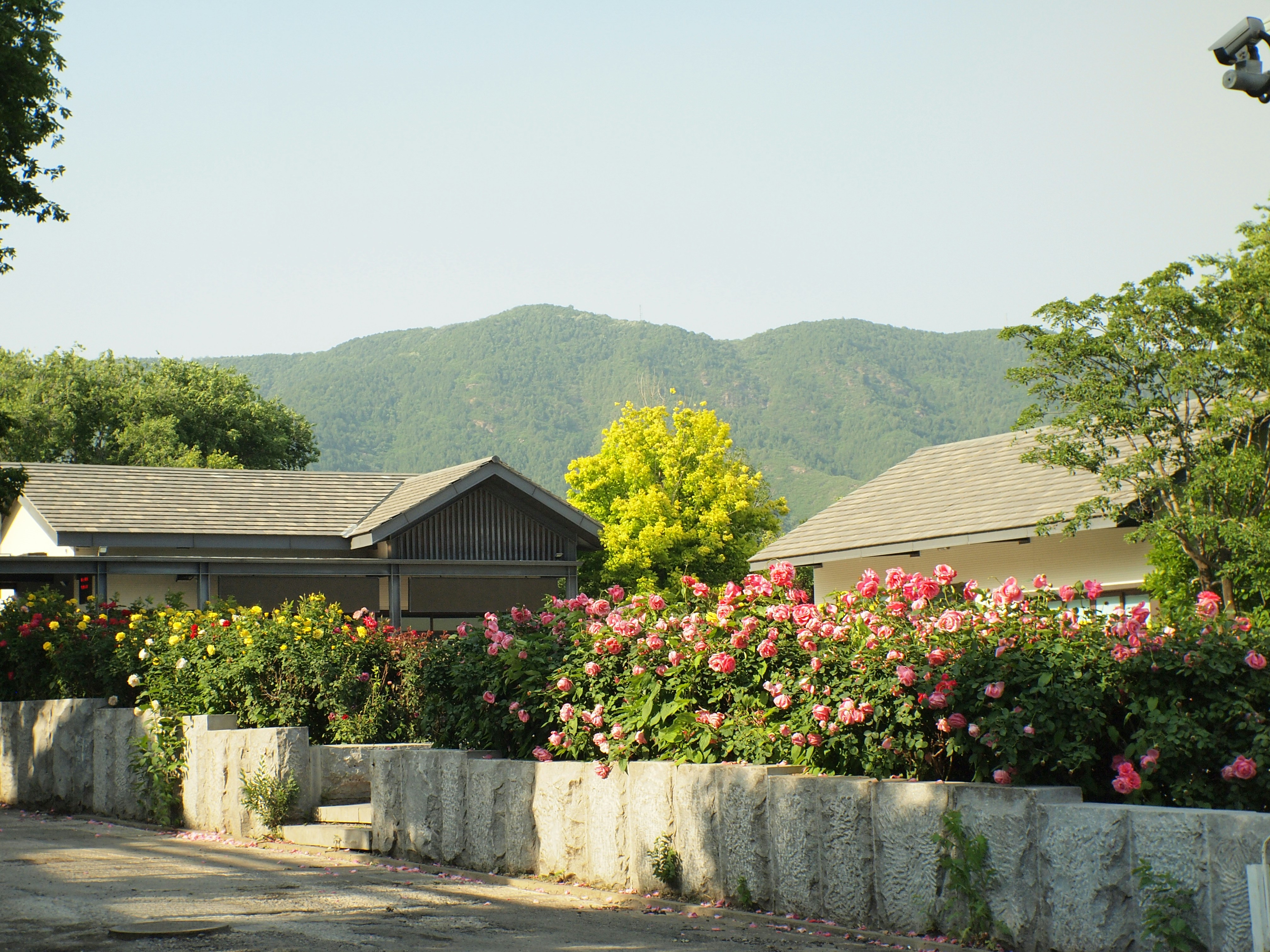.svg)
How to Find an Akiya Near Japan’s National Parks
.svg)
.svg)
.svg)

What’s it like to own a Japanese akiya year-round? Here’s a month-by-month guide to the seasons, surprises, and joys of old home ownership in rural Japan.


Buying an akiya—an abandoned or vacant home in Japan—isn’t just a transaction. It’s a commitment to a slower rhythm, a different lifestyle, and a long-term project full of learning, surprises, and small joys.
But what’s it really like to own an akiya over the course of a full year?
Whether you're living in it, visiting seasonally, or slowly restoring from afar, here's what to expect month by month—and how to stay ahead of the challenges and celebrate the magic of rural Japanese homeownership.

This is when everything begins.
After winter’s dormancy, the house comes alive—and so do your responsibilities.
✅ What to expect:
💡 Pro tip: Spring is ideal for structural inspections and meeting neighbors. It’s also when town halls announce renovation grants or akiya incentives.
The beauty is real—but so is the chaos.
Summer is the most challenging season for akiya owners due to heat, humidity, and plant growth.
✅ What to expect:
💡 Pro tip: Use this season to install ventilation fans, add natural repellents, and begin exterior repairs—if you can stand the heat.
This is when akiya ownership feels deeply rewarding.
The weather is crisp, the bugs are gone, and the rhythm slows.
✅ What to expect:
💡 Pro tip: Autumn is a great time to start guesthouse conversions or Airbnb setups. You’ll have time to test it before tourist season hits in spring.
This is when you find out what kind of house you really have.
Many akiya don’t have insulation or central heating, and rural roads may ice over.
✅ What to expect:
💡 Pro tip: Winter is the perfect season to dream big, sketch designs, and plan next year’s upgrades. It’s also a good time to join local meetings or get to know your community.
We guide akiya owners through every season by:
Whether you live in your home full-time or visit once a year, we’re here to make sure the year ahead is filled with joy—not overwhelm.
Owning an akiya is not like owning a modern apartment or city condo. It’s a commitment to change, to learning, to nature—and to building something new from something old.
It’s not always easy. But it’s absolutely worth it.
Let Old Houses Japan help you through each season of the journey.
Start your journey with Luxey today! Sign up for free and get instant access to the best property listings.



